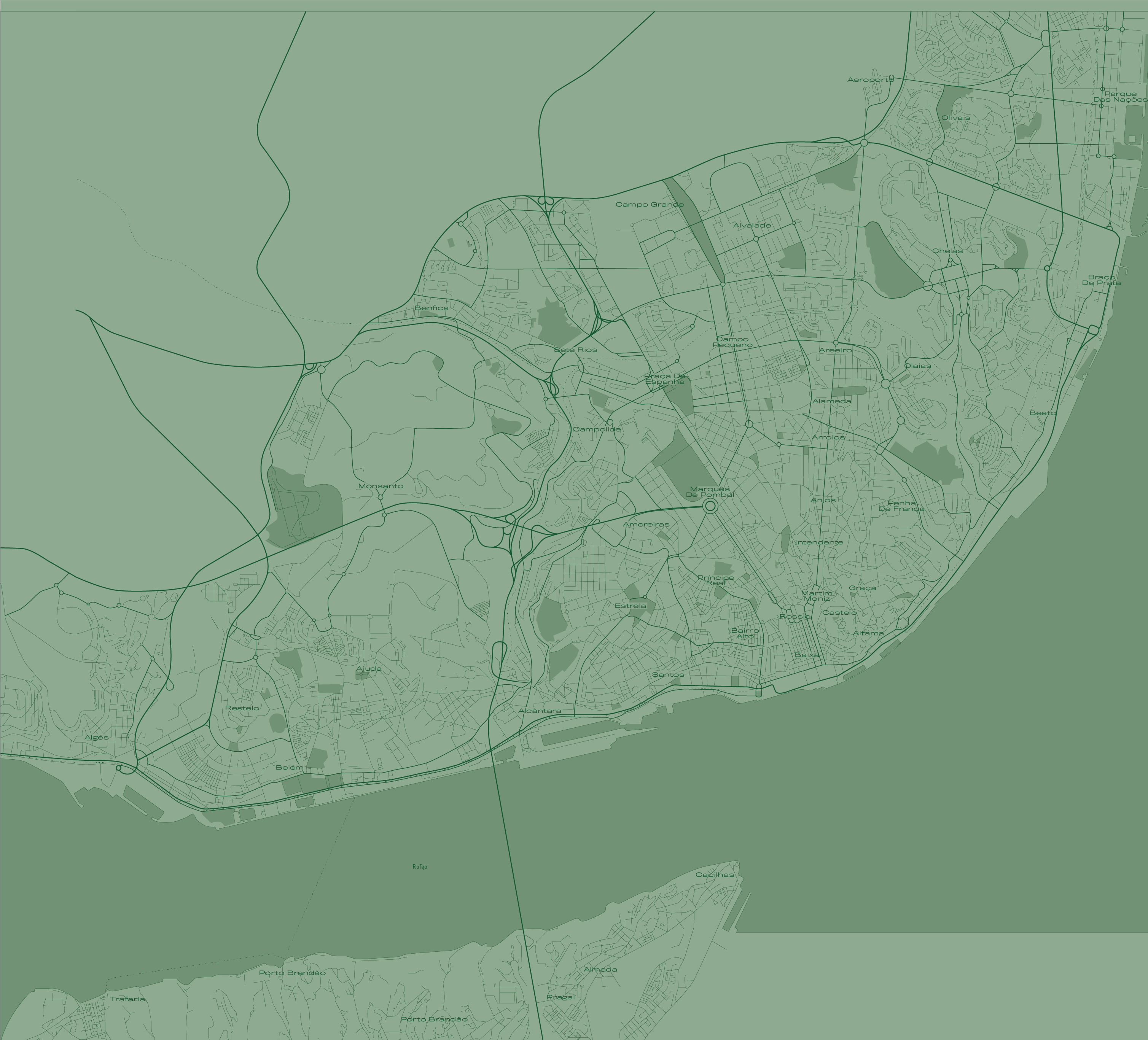City Cortex is a cultural research programme that explores the intersection between contemporary urban contexts and one of the most versatile and sustainable raw materials Nature has to offer: cork. It views the city as a living and dynamic organism, and looks into the challenges of the 21st Century, where issues such as safety, protection, social cohesion, comfort, enjoyment, participation, sustainability and resource management are absolutely essential.
Through the contributions of internationally recognised architects and designers, City Cortex seeks to create original projects for public and semi-public spaces in various cities. Taking the metropolitan area of Lisbon as the starting point of this research through in situ experimentation, the participants reinvent and test the possibilities of using Portuguese cork and its transformation industry, aiming to surpass its current limits.
The studios invited to launch the research are Diller Scofidio + Renfro, Eduardo Souto de Moura, Gabriel Calatrava, Leong Leong, Sagmeister & Walsh and Yves Béhar.
City Cortex focuses essentially on:
- Expanding the use of an extraordinary, sustainable and natural raw-material within urban contexts;
- Paving the way for a broader consciousness about sustainability and the development of urban contemporary landscapes;
- Inspiring innovative thinking, marked by ideas and intersections that offer a positive and useful contribution to our living experience as a social community and interaction with the natural world.
Besides exploring the potential of the material itself, this programme also strives for a playful user experience, transforming the communal urban space into a playground, a space for multidisciplinary and multicultural interactions.
City Cortex is produced by Amorim and has the production support of Artworks. Curated by Guta Moura Guedes and developed by experimentadesign, the results of this programme will be presented to the public in Belém and Trafaria on 6 June 2024 . A complementary book about the projects will be published and launched in September 2024 in New York.
Cortex and City Cortex
The origin of the word cortex comes from a Latin declination that means bark, or cork. In a broader sense, within the Botanical universe, cortex is the soft or rigid tissue that encapsulates a plant or tree – the exterior layer that protects it. This concept has also been adopted by anatomy, as it gives name to the outer layer of an organ or biological structure, such as kidneys or, in its most recognised form, the brain. Cortex is thus positioned, at all levels, as the protective barrier of organs that grant the survival of a biological organism, providing it with resistance and stability.
Large metropolises move, function and organise themselves at a speed and complexity that closely resembles the activity and neural composition of the brain. City Cortex assumes the city as a living and dynamic organism where public and shared spaces play a crucial role in the social relations of their inhabitants. The planning of public spaces can be decisive in matters of security, in promoting the efficiency of mobility and the management of large flows, in a sustainable way and through an intelligent use of resources, responding to the great urban challenges of this century. City Cortex also looks into the playful component of a shared public space, assuming the city as a playground, in order to promote inter-social relationships, generating memories, references and bonds of affection.
Through a highly stimulating sensorial material, City Cortex promotes cerebral, emotional and social relationships. The programme applies these ideas to an urban context. Much like the brain, there are countless possibilities of connection in the city, among people and spaces, as well as within creative thinking itself.
